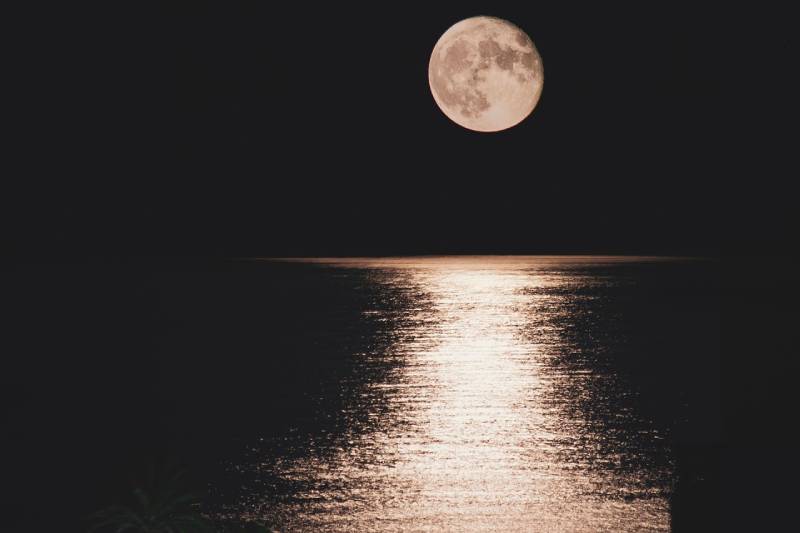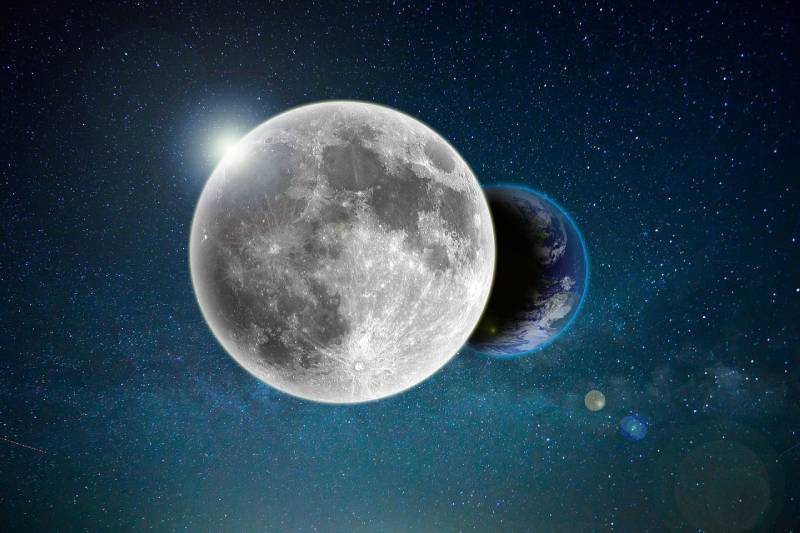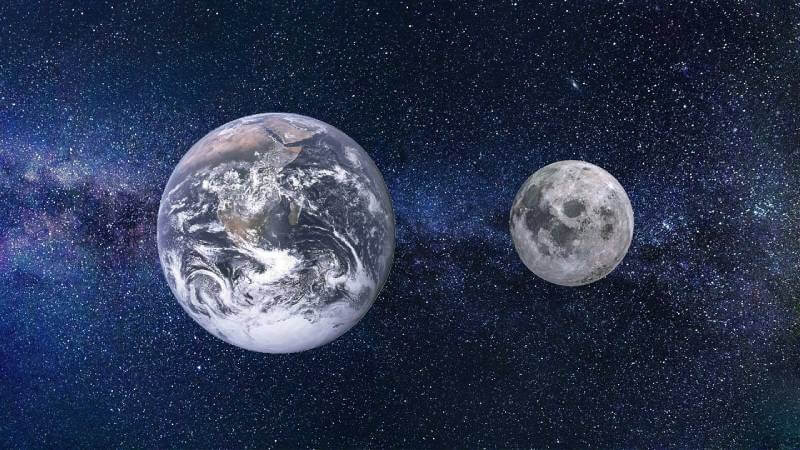The moon has been a constant part of Earth for billions of years. It is so salient that without exaggeration, you could easily say that if there were no moon, there wouldn’t be life on Earth as we know it. Recent discussions about potential resource extraction and lunar exploration raise questions about Earth’s ability to thrive without the moon. Nothing would look the same in its absence. From stabilizing the Earth’s rotation to tidal forces, the moon stands to support life and shape the environment.
Look at it this way, without the moon’s stabilizing gravitational pull, Earth would have experienced a drastically different climatic and geological history. This would have caused erratic climate fluctuations, impacting ecosystems and hindering the emergence of complex life forms. But what about the tidal forces? The regular tidal forces generated by the moon support the health of marine systems and biodiversity and greatly help distribute nutrients. This means that without the moon’s influence, marine life may have had difficulty evolving and adapting, thus altering the life trajectory on Earth. That’s how important the moon is!
The Tides
First things first, those captivating ocean tides at the beach? The moon is to be “blamed” for that! The moon’s gravitational pull forms these tidal forces. In case you did not know, each planet and its satellite exert a gravitational pull on one another, which applies to the moon and Earth; it’s only natural satellites. This gravitational pull breeds tides. To simplify what exactly tides are, it is the rise and fall of water level in all water on Earth from the oceans, lakes, and seas.

Nonetheless, tides are more noticeable in seas and oceans because of the amount of water. The gravitational force also impacts a glass of water and even our bodies, but the tides are too mild to be noticed. You may wonder if the sun has an impact on tides on Earth. Yes, it does! However, the sun’s gravitational force on Earth is only 46 percent compared to the moon’s. This leads to the next big question – Would there be tides if the moon was non-existent? And yes, there would still be tides, but they would be smaller; most animals depend on the big tides, and the animal and plant ecosystems may never survive. The balance would be disturbed.
The Formation of The Moon
You have wondered about the conditions on Earth before the moon’s formation. If you look at the universe’s history, there are different theories about how the moon formed. But first, let’s look at what it was like before the moon was formed. Earth’s early history was marked by violent cosmic events shaped by the planet’s evolution. Scientists have shown astronomical and geological evidence to show the times before the moon, depicting a fascinating theory of celestial collisions and planetary dynamics.
One theory that explains the moon’s origin is the giant impact hypothesis. It states that approximately 4.5 billion years ago, during the early days of the solar system, a Mars-sized celestial body, known as “Theia,” collided with early Earth. The result of the colossal collision left Earth in a chaotic transformation. Debris and molten rock from the impact were flung into space, creating a massive disk around our planet. With time, the debris disk started to merge, gradually coming together to form what we now call the moon. The birth of the moon was, in essence, the byproduct of the catastrophe that shaped Earth’s early history.

Another theory is that the moon was formed from a material in the early solar system and formed into a single body. Remember, all these theories are backed up by scientific theory, just that neither is yet to be known as correct. However, the giant impact theory remains the most believed one. Whichever theory you decide to settle on, both theories concur that the moon was formed around 4.5 billion years ago when the solar system was created. And with that, the formation of the on allowed the ideal environment for life to be created and developed on Earth. Think about oxygen, carbon dioxide, and other gases; the atmosphere would have been different without the moon. There would be no proper mix of the required gases needed to develop life as we know it here on Earth.
Moon and Power
And now, is there any power on the moon? Everyone who doesn’t live under the rocks knows that the moon isn’t up there to look pretty: scientists say that it may become a game changer for clean and sustainable energy solutions for our planet Earth. One promising idea is the concept of lunar power beaming. We are talking about big solar panels on the moon’s surface, soaking up the sun’s rays, similar to celestial sponges. Since the moon lacks an atmosphere, it gets unfiltered sunlight 24/7 on one side for almost two weeks straight.
This means continuous and consistent energy generation! And here’s the cool part – the energy would be sent back to Earth with high-tech wireless power transmission like laser beams. It’s like an extramundane energy bridge between our home, Earth, and the moon! But wait, before we get too idealistic, there are some hurdles to tackle. Maintaining and building those gigantic solar arrays on the moon would be no small feat. And don’t even get us started on the advanced technologies and precision required for efficient and safe power delivery without causing any harm. But hey, where there’s a will, there’s a way, right?
Let’s discuss this rare isotope abundant on the moon but not so much on Earth – helium 3. It could change the game for nuclear fusion, the same procedure that fuels the sun. And guess what? Nuclear fusion could be our ticket to almost clean and limitless energy – no harmful radioactive waste or greenhouse gases, just pure energy! But there’s more – while helium-3 holds incredible promise, nuclear fusion is tricky! The pressures and temperatures needed for nuclear fusion are off the cosmic charts, and scientists are working towards making it a reality. Also, we’ll need some serious international cooperation and technological advancements to bring that lunar helium-3 down to Earth.
Conclusion
The moon’s absence would have huge consequences on Earth, no doubt. As mentioned above, many ecosystems could potentially suffer. Based on our current understanding, it is safe to conclude that Earth would not be the same without the moon. For instance, think of all the animals that depend on the moon to catch prey at night; they would starve to death. Which in return would alter other animals and the overall ecosystem. Without the moon’s stabilizing gravitational pull, Earth’s axial tilt would undergo wild fluctuations over geological time scales. This would cause erratic climate changes, creating an environment that could disrupt ecosystems, making it hard for life to adapt and thrive. I know what you’re thinking, would everything be dead? Not really. However, most people would die because of the weather, disrupted ecosystems, or an unstable environment. The Moon maintains the delicate balance you need to thrive on Earth.

